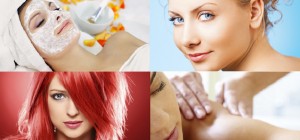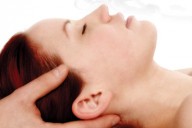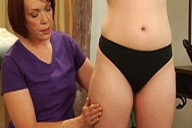Trends in Aesthetic Medicine
0The medical aesthetic and medical spa industries are growing exponentially, with no clear end in sight. The increasing acceptance, availability and affordability of many minimally invasive cosmetic treatments has fostered what Sander Gilman, PhD, an American culture and literary historian, has named the “Era of Glamour.” This era ushers in the premise that medical aesthetic treatments are part of a normal routine that works to maintain a natural and healthy appearance.1 Following are some of the current trends in the field of aesthetic medicine, as well as a look to what its future may hold.
Injectables on the horizon
Facial injectables continue to dominate the medical aesthetic treatment market. Botulinum toxin and hyaluronic acid injections were the top two nonsurgical cosmetic procedures according to the American Society for Aesthetic Plastic Surgery (ASAPS) National Data Bank Statistics. Many of the injectable manufacturers, such as Allergan and Medicis Pharmaceutical Corporation, have initiated direct-to-consumer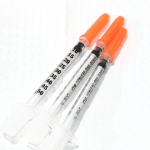 marketing campaigns to further substantiate their market position. These include branded messages and products, such as print advertisements, television commercials and patient brochures. A recent example of these campaigns would be Allergan’s “Express Yourself” promotion featuring its product Botox Cosmetic.
marketing campaigns to further substantiate their market position. These include branded messages and products, such as print advertisements, television commercials and patient brochures. A recent example of these campaigns would be Allergan’s “Express Yourself” promotion featuring its product Botox Cosmetic.
There are currently two botulinum toxin Aproducts undergoing U.S. Food and Drug Administration (FDA) trials. Medicis has recently submitted a biologics license application for Reloxin, which has been rejected by the FDA due to administrative deficiencies. The company refiled biological license application in March 2008. The typical response time frame is 10 months for approval. Mentor Corporation recently announced the approval from the FDA for phase III clinical trials for its botulinum toxin product PureTox. A unique feature of PureTox is its stability and ability to be stored at room temperature. PureTox is expected to receive FDA approval in late 2009 or early 2010.
There are many hyaluronic acid fillers currently undergoing FDA trials. These include a small gel particle 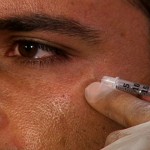 filler, a filler specifically designed for lip enhancement and a large particle-size gel used for facial fat loss replacement. There are a number of hyaluronians formulated with lidocaine currently under trial and other long lasting hyaluronians are under consideration, as well. Restylane injections , Juvederm injections and Radiesse injections are three of the most popular and effective fillers.
filler, a filler specifically designed for lip enhancement and a large particle-size gel used for facial fat loss replacement. There are a number of hyaluronians formulated with lidocaine currently under trial and other long lasting hyaluronians are under consideration, as well. Restylane injections , Juvederm injections and Radiesse injections are three of the most popular and effective fillers.
The baby boomer demographic will continue to be the major consumer of medical aesthetic services, with Generation X not too far behind. There will also be a general trend toward health and wellness within this demographic. Anti-aging and wellness medicine will become more prevalent as people strive to look as young as they feel. The ideal, successful anti-aging center will recognize the synergy between aesthetic and anti-aging medicine, and provide strategies to optimize health, longevity and self-image. Centers that incorporate a menu of services which address the internal as well as external signs of aging will thrive.
Aesthetic medicine will continue to expand as the baby boomers and Gen-Xers age. This expansion will foster the advancements in effective technology, devices, products and treatments. Certainly the best is yet to come in terms what will be available to patients in anti-aging and medical aesthetic enhancements throughout the coming years.
This article was originally published in the September 2008 issue of Skin Inc. Magazine and is being reprinted with permission. All right reserved.
If you would like to learn more about Botox Injections and Dermal Fillers, visit Aesthetic VideoSource. In our 2 new videos, Dr. Dolores Kent shows how to properly do botox injection techniques, dermal filler techniques, indications, contraindications and much more information. She shows you everything on, for example, Restylane injection procedures and how to inject Radiesse. Visit us today at www.videoshelf.com .
